Low E window big disappointment
aramaram
9 years ago
Featured Answer
Comments (14)
Mrs_Nyefnyef
9 years agotoddinmn
9 years agoRelated Professionals
Boston Window Contractors · Payson Window Contractors · Revere Window Contractors · Marshfield Window Contractors · Prairie Village Window Contractors · San Juan Capistrano Window Contractors · Merriam Window Contractors · Channelview General Contractors · Greensburg General Contractors · Leon Valley General Contractors · Oxon Hill General Contractors · Tamarac General Contractors · Towson General Contractors · Valley Station General Contractors · Las Vegas CarpentersHomeSealed_WI
9 years agoaramaram
9 years agoHomeSealed
9 years agotoddinmn
9 years agoEFHouseman
9 years agoWindows on Washington Ltd
9 years agooberon476
9 years agolkbum_gw
9 years agoBlah blah
last yearWindows on Washington Ltd
last yearWilliam Rossman
last year
Related Stories

ACCESSORIES8 Low-Cost Luxuries With a Big Payoff
Consider the small stuff — like switch plates and throw pillows — to give your home a touch of class
Full Story
WINDOW TREATMENTSEasy Green: 9 Low-Cost Ways to Insulate Windows and Doors
Block drafts to boost both warmth and energy savings with these inexpensive but effective insulating strategies
Full Story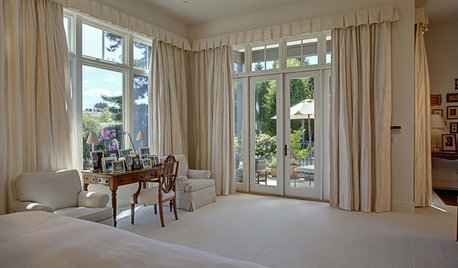
WINDOW TREATMENTSHow Low Should Your Drapes Go?
Hover, brush the floor or pool like Scarlett O'Hara's tears — we give you the lowdown on curtain length options
Full Story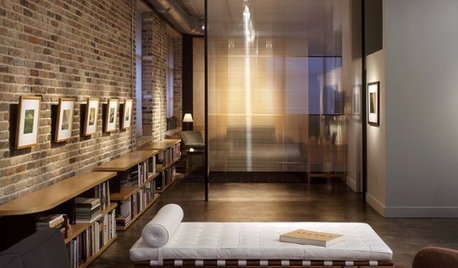
MATERIALSMaterials Workshop: Polycarbonate — a Low-Cost Alternative to Glass
Looking for something lighter, stronger and less expensive than glass? Multiwall polycarbonate may be a good option
Full Story
GREAT HOME PROJECTSUpgrade Your Windows for Beauty, Comfort and Big Energy Savings
Bid drafts or stuffiness farewell and say hello to lower utility bills with new, energy-efficient windows
Full Story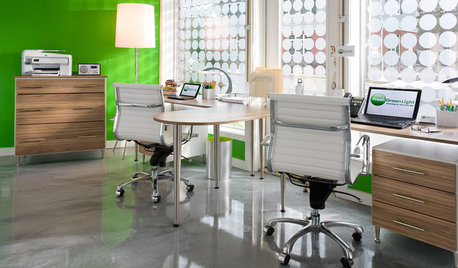
MODERN ARCHITECTUREKeep Your Big Windows — and Save Birds Too
Reduce bird strikes on windows with everything from architectural solutions to a new high-tech glass from Germany
Full Story
MOST POPULAR5 Ways to Hide That Big Air Conditioner in Your Yard
Don’t sweat that boxy A/C unit. Here’s how to place it out of sight and out of mind
Full Story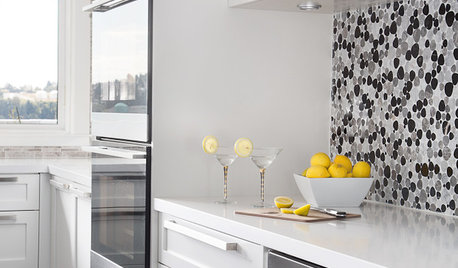
KITCHEN DESIGNNot a Big Cook? These Fun Kitchen Ideas Are for You
Would you rather sip wine and read than cook every night? Consider these kitchen amenities
Full Story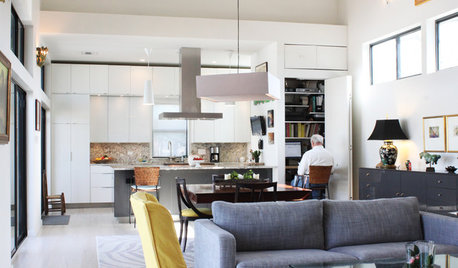
HOUZZ TOURSMy Houzz: Luminous and Low Maintenance in New Orleans
See the new build that replaced a hurricane-ravaged house, beginning a new chapter for a retiring couple
Full Story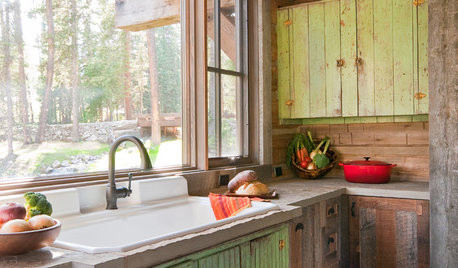
WINDOWSKitchen Windows: 13 Classic and Creative Ideas
Big and tall, long and low, in an unexpected spot ... these ways with kitchen windows offer plenty of possibilities
Full Story










Windows on Washington Ltd